AI can now turn brain scans into text. It’s not mind reading but it’s pretty close.
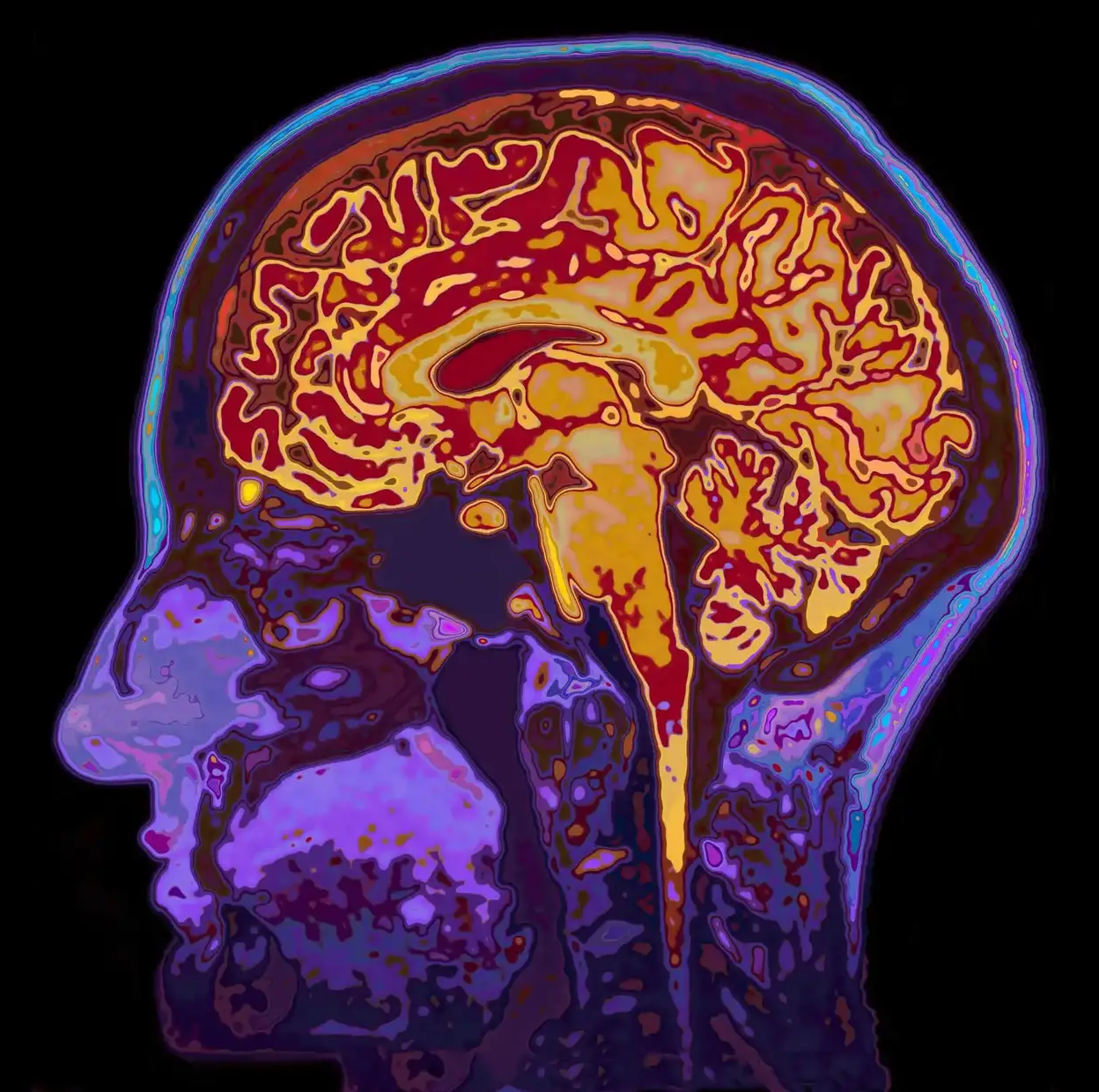

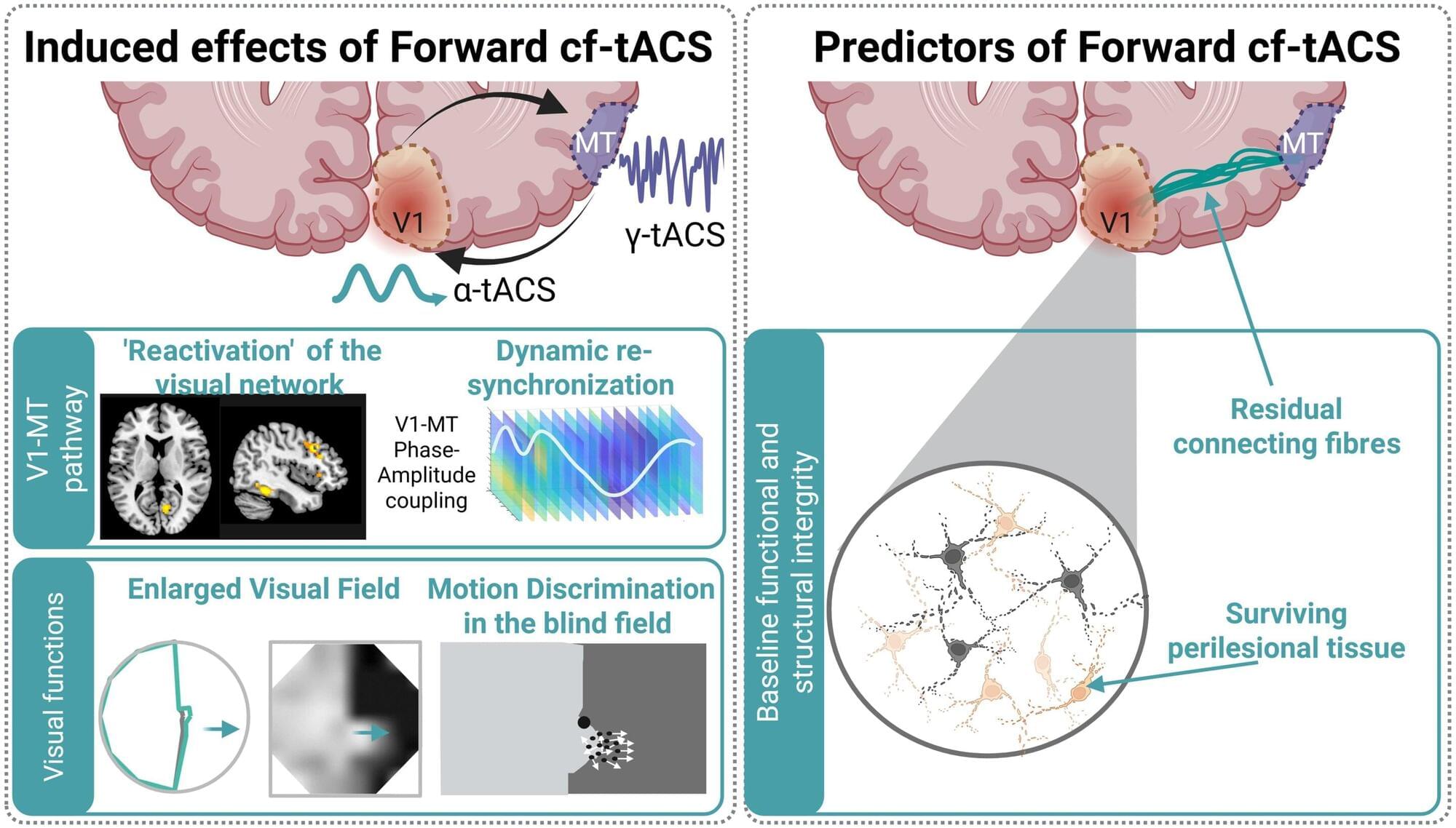
Scientists at EPFL have developed an innovative, non-invasive brain stimulation therapy to significantly improve visual function in stroke patients who have suffered vision loss following a stroke. The approach could offer a more efficient and faster way to regain visual function in such cases.
Each year, thousands of stroke survivors are left with hemianopia, a condition that causes loss of half of their visual field (the “vertical midline”). Hemianopia severely affects daily activities such as reading, driving, or just walking through a crowded space.
There are currently no treatments that can restore lost visual function in hemianopia satisfactorily. Most available options focus on teaching patients how to adapt to loss of vision rather than recovering it. To achieve some degree of recovery, months of intensive neurorehabilitative training are required for only moderate restoration at best.
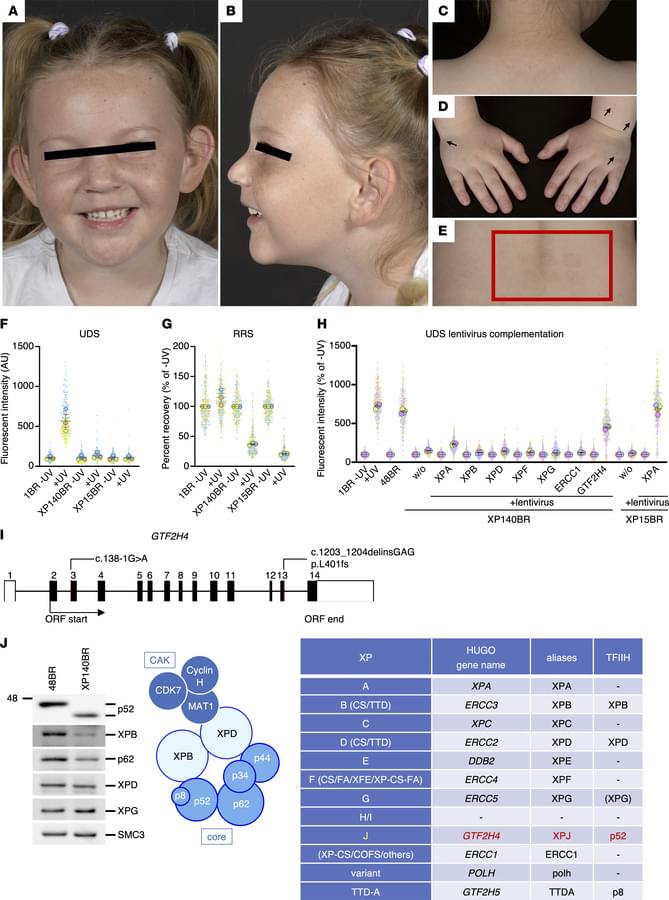
This issue’s cover features companion papers that exemplify how understanding a rare disease can inform treatment strategies in other conditions.
Fassihi et al. and Nakazawa et al. report on the C-terminal deletion of transcription factor TFIIH-p52 subunit as a cause of xeroderma pigmentosum.
The cover art was created using PyMOL; TFIIH-p52 subunit (blue; C-terminus in white). Image credit: Keiko Itano.
https://www.jci.org/articles/view/195731 https://www.jci.org/articles/view/195732
1National Xeroderma Pigmentosum Service, Rare Disease Centre, Guy’s and St Thomas’ NHS Trust, London, United Kingdom.
2Department of Molecular Genetics, Nagoya University Graduate School of Medicine, Nagoya, Japan.

Electrons can freeze into strange geometric crystals and then melt back into liquid-like motion under the right quantum conditions. Researchers identified how to tune these transitions and even discovered a bizarre “pinball” state where some electrons stay locked in place while others dart around freely. Their simulations help explain how these phases form and how they might be harnessed for advanced quantum technologies.

A San Diego biotech has set out to solve the formula for best-in-class antibody-drug conjugates, raising $120 million with support from Big Pharma Merck & Co. to fuel its efforts.
Solve Therapeutics’ new fundraise was led by oncology-focused VC Yosemite, with participation from new investors Abingworth and Merck, plus existing investors Alexandria Venture Investments and Citadel’s Surveyor Capital, among others.

SpaceKids Global; Inspiring students to excel in STEAM+ Environment education; with a focus on empowering young girls.
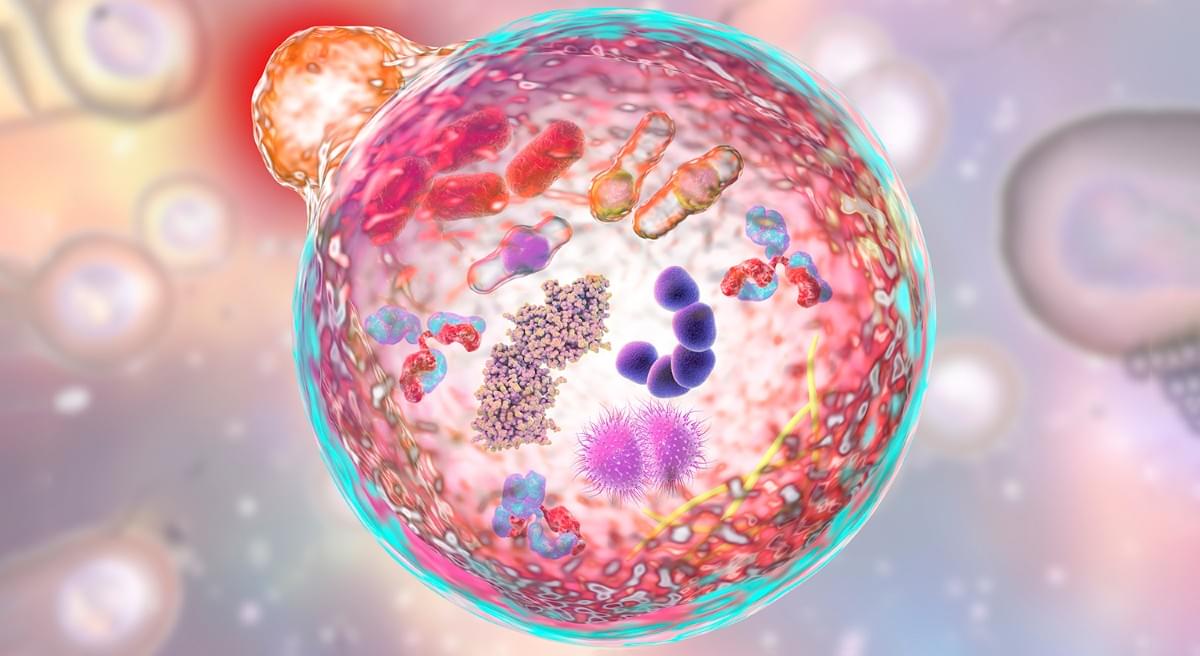
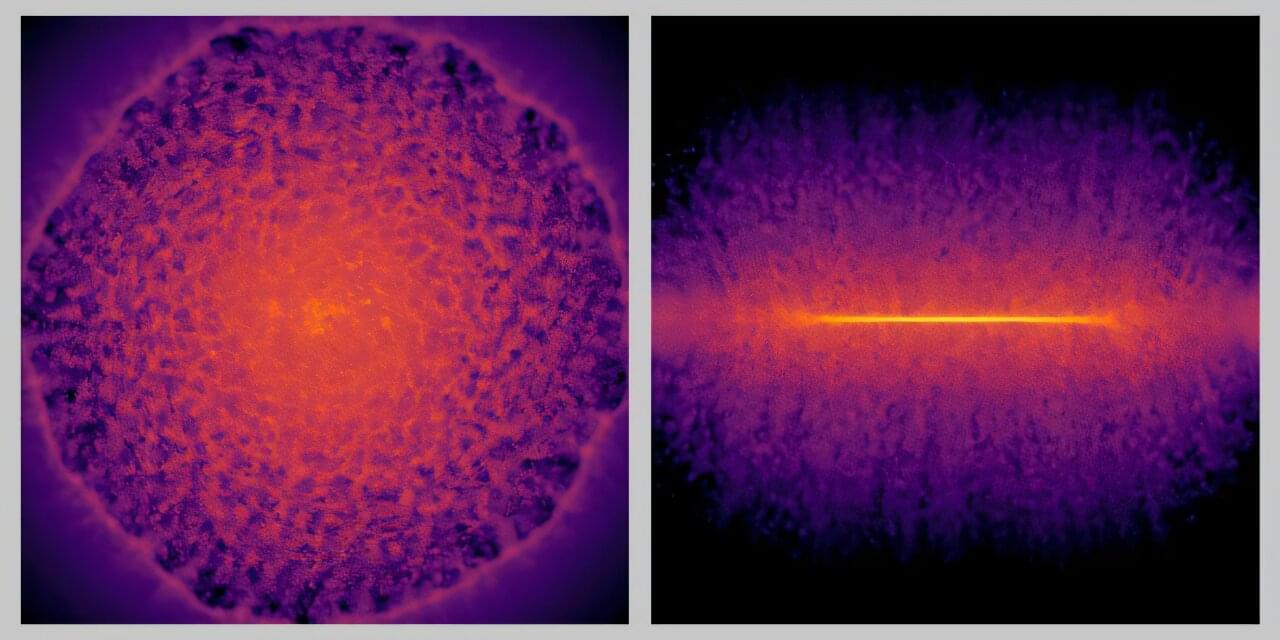
Researchers have successfully performed the world’s first Milky Way simulation that accurately represents more than 100 billion individual stars over the course of 10 thousand years. This feat was accomplished by combining artificial intelligence (AI) with numerical simulations. Not only does the simulation represent 100 times more individual stars than previous state-of-the-art models, but it was produced more than 100 times faster.
Published in Proceedings of the International Conference for High Performance Computing, Networking, Storage and Analysis, the study represents a breakthrough at the intersection of astrophysics, high-performance computing, and AI. Beyond astrophysics, this new methodology can be used to model other phenomena such as climate change and weather patterns.
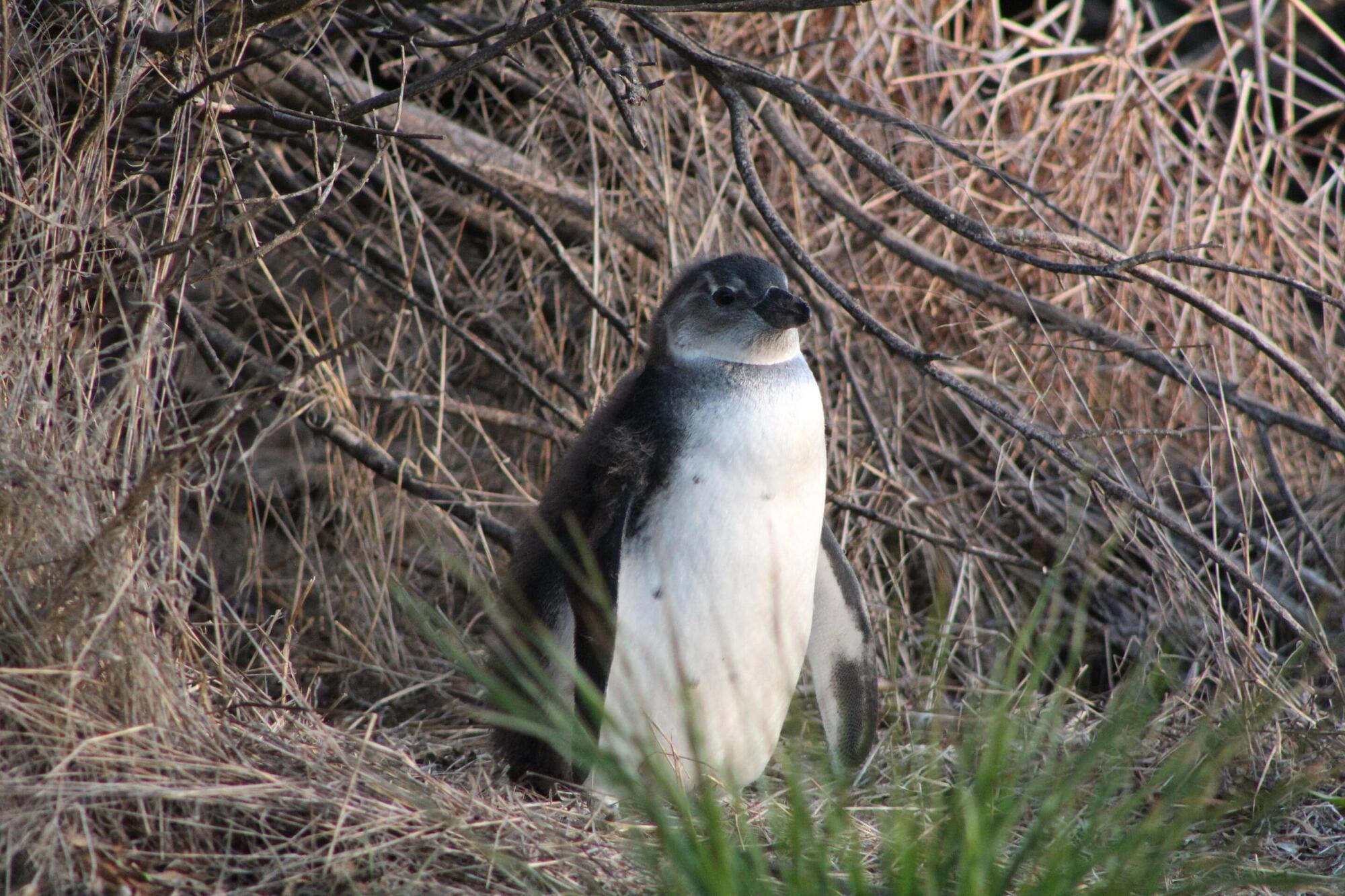
A new study led by the University of St Andrews has found that critically endangered African penguins (Spheniscus demersus) are significantly more likely to forage in the same areas as commercial fishing vessels during years of low fish abundance, increasing competition for food and adding pressure to a species already in crisis.
Published in the Journal of Applied Ecology, the research introduces a novel metric called “overlap intensity” which for the first time measures not just the extent of shared space between penguins and fishing vessels, but how many penguins are actually affected by this overlap.
The African penguin population has plummeted by nearly 80% in the past three decades, in part due to competition with the local fishery targeting sardines and anchovies, a key prey for the penguins.